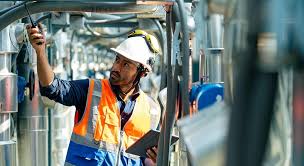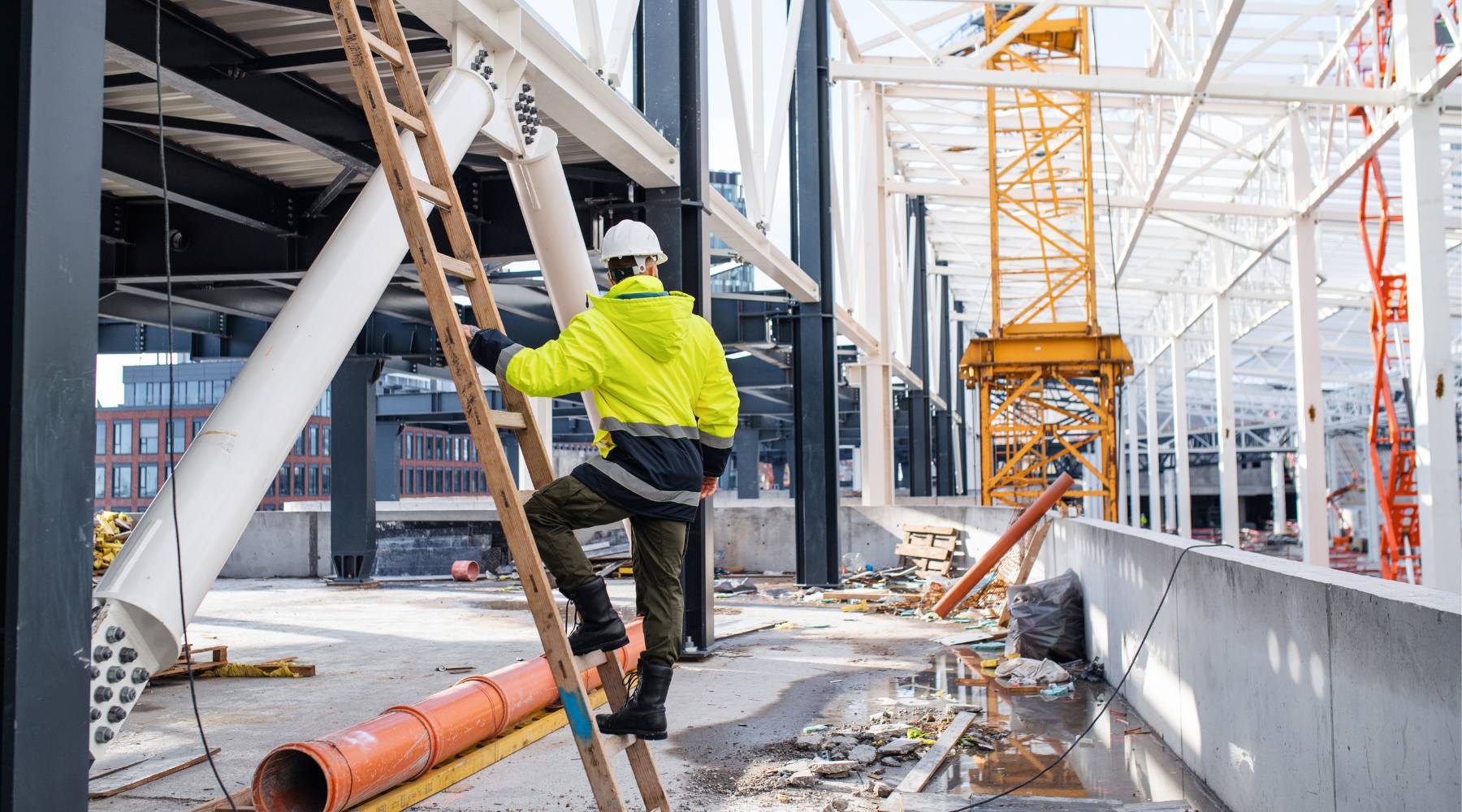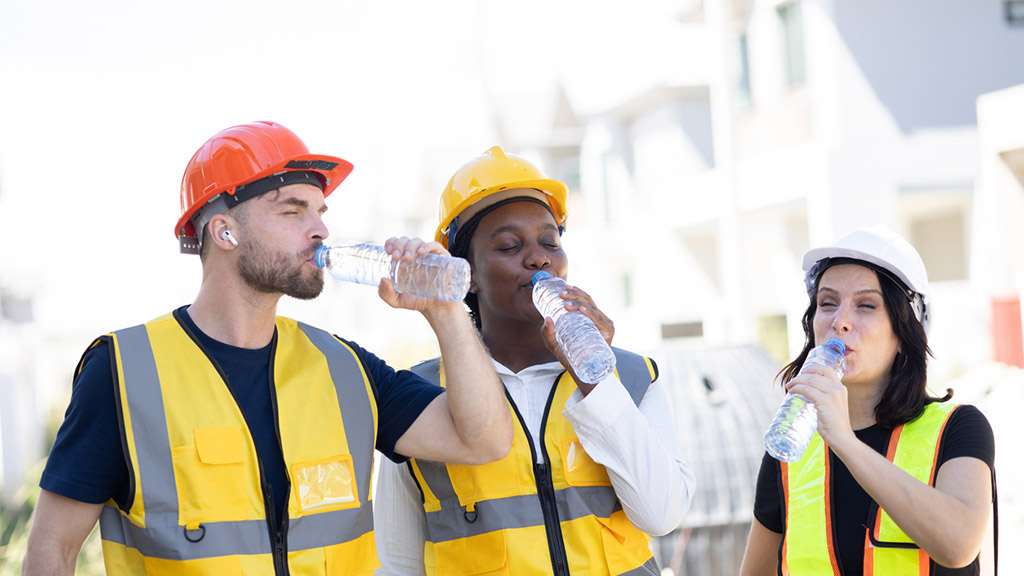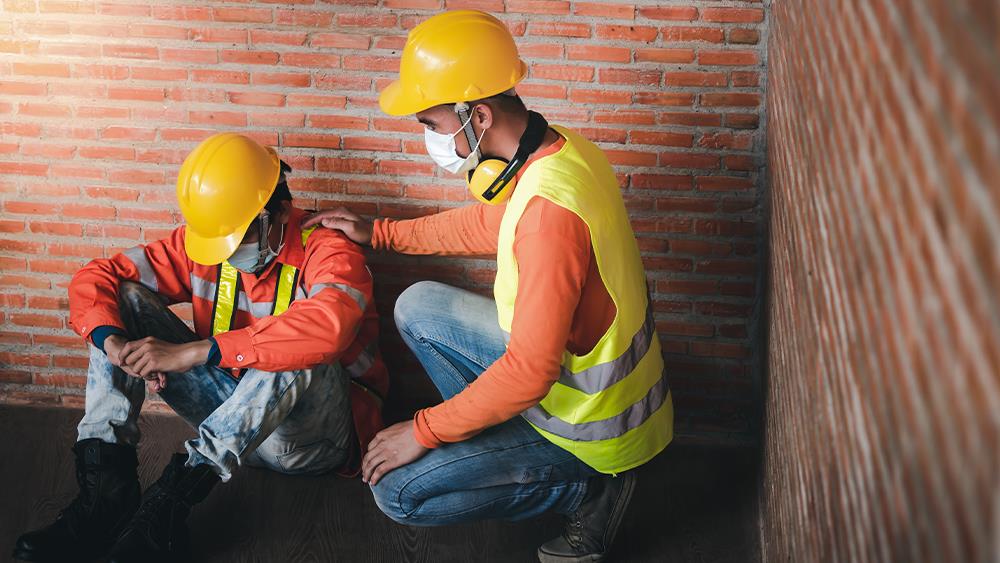How to Ensure Health and Safety Compliance on Construction Sites
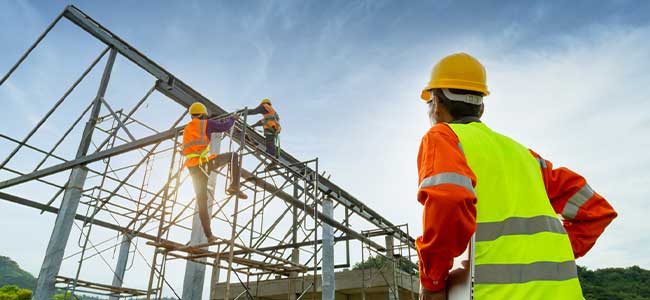
Strong 8k brings an ultra-HD IPTV experience to your living room and your pocket.
Construction sites are inherently high-risk environments where safety is paramount. From heavy machinery to working at heights, the potential hazards are numerous. Ensuring health and safety compliance is not only a legal obligation but also a moral responsibility. By fostering a culture of safety and adhering to regulatory standards, companies can protect their workers, reduce downtime, and avoid costly legal consequences.
In this article, we’ll explore key strategies to maintain compliance and promote a safe working environment on construction sites.
1. Understand the Legal Requirements
To begin with, construction companies must familiarize themselves with the relevant health and safety legislation, such as the Health and Safety at Work Act 1974 in the UK. Other critical regulations include:
- The Construction (Design and Management) Regulations 2015 (CDM 2015): These outline duties for all parties involved in a construction project.
- The Work at Height Regulations 2005
- Personal Protective Equipment at Work Regulations 2022
Compliance means more than just ticking boxes; it requires a full understanding of how these laws apply to your specific site and operations.
2. Conduct Thorough Risk Assessments
Risk assessments are essential tools for identifying and mitigating hazards before they become incidents. For every task or process on-site, companies should:
- Identify potential hazards
- Evaluate the risk level (likelihood and severity)
- Implement control measures
- Regularly review and update the assessments
Site managers should ensure that risk assessments are documented and accessible to all workers. These assessments are not one-time tasks but should evolve with the project as work progresses and new risks emerge.
3. Provide Adequate Training
Untrained workers are one of the biggest risks to site safety. All staff, including temporary workers and subcontractors, must receive proper health and safety training relevant to their roles.
Training should cover:
- Proper use of machinery and tools
- Manual handling
- Working at heights
- Emergency procedures
- Hazard recognition and reporting
Companies operating in regions like Health and Safety in Hampshire, Health and Safety in Essex, or Health and Safety in Kent should ensure that training complies with local standards and is delivered by accredited providers.
Refresher training and toolbox talks should be held regularly to reinforce safety messages and address emerging risks.
4. Implement Robust Site Induction Procedures
Before anyone sets foot on-site, they must undergo a comprehensive site induction. This should cover:
- Site layout and access points
- Emergency exits and procedures
- Hazardous zones
- First aid locations and contacts
- Reporting systems for accidents and near-misses
By setting expectations from day one, companies create a safety-first culture that empowers workers to take ownership of their well-being.
5. Use Personal Protective Equipment (PPE)
PPE is the last line of defense against workplace hazards. While it doesn’t eliminate risks, it significantly reduces the potential for injury.
Common PPE for construction sites includes:
- Hard hats
- High-visibility vests
- Safety goggles
- Gloves
- Steel-toed boots
- Hearing protection
Managers must ensure that PPE is appropriate, well-maintained, and worn correctly at all times. They should also monitor compliance and take corrective actions when standards slip.
6. Appoint Competent Health and Safety Personnel
Employers must ensure that someone competent is responsible for health and safety oversight. This could be a site safety officer, an external consultant, or a dedicated in-house team, depending on the scale of the project.
Their duties should include:
- Conducting regular inspections
- Coordinating emergency drills
- Investigating incidents and near-misses
- Advising on compliance and updates to regulations
Having a visible, proactive safety presence on-site ensures that potential issues are addressed quickly and systematically.
7. Maintain Accurate Records
Accurate record-keeping is essential for both compliance and future reference. Key documents to maintain include:
- Risk assessments and method statements (RAMS)
- Training records
- Equipment inspection logs
- Incident and accident reports
- Health and safety audits
Digital tools can streamline this process and ensure documentation is securely stored and easily retrievable.
8. Promote a Safety Culture
Beyond procedures and paperwork, safety must be embedded into the company’s culture. This means encouraging open communication, rewarding safe behavior, and empowering workers to report concerns without fear of retaliation.
Effective ways to promote a safety culture include:
- Holding regular safety meetings
- Celebrating safety milestones
- Involving workers in decision-making
- Displaying clear and visible signage around the site
Leadership plays a key role—when senior management visibly supports safety initiatives, it sets the tone for the entire workforce.
9. Conduct Regular Audits and Reviews
Compliance is not static. Regular audits help identify areas of improvement and ensure ongoing adherence to legal and company standards.
External audits can provide an unbiased view of site practices and reveal blind spots. Internal reviews should be scheduled routinely, especially after incidents or significant project changes.
Conclusion
Health and safety compliance on construction sites is critical for protecting workers and maintaining operational efficiency. By understanding legal obligations, implementing proactive safety measures, and fostering a culture of continuous improvement, construction companies can minimize risks and uphold their duty of care.
Whether you're operating in Health and Safety Hampshire, Health and Safety Essex, or Health and Safety Kent, the principles of good practice remain the same: plan thoroughly, train consistently, and always put safety first.
Note: IndiBlogHub features both user-submitted and editorial content. We do not verify third-party contributions. Read our Disclaimer and Privacy Policyfor details.



